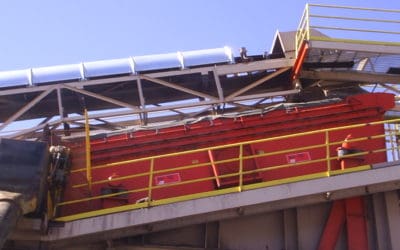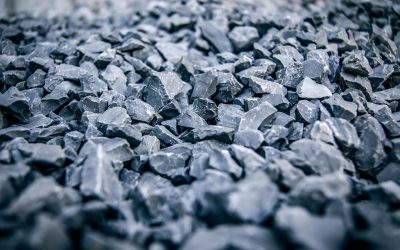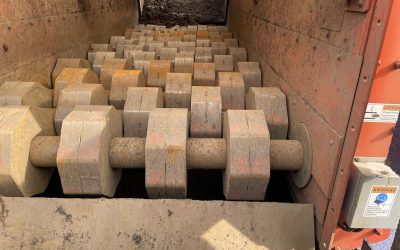As environmental concerns and sustainability measures become more widespread, responsible waste management practices are in high demand. Shingles are one significant example of the need for waste management solutions, as around 12 million tons of asphalt shingles over-fill landfills every year.
An estimated 80% of roofs in the United States are made of asphalt shingles. They’re easy to install and highly durable, often lasting 20-25 years. However, what happens to the billions of removed shingles from roof replacements each year? It’s important to consider asphalt shingle recycling options to relieve the environmental burden.
What are the Benefits of Recycling Roofing Shingles?
Shingle recycling offers many benefits, both environmentally and economically.
- Conserve landfill space: it reduces the cost of expanding landfill sites to make room for new waste
- Protect public health: it decreases human exposure to harmful VOCs and PAHs
- Encourage resource recovery: shingles can be reused as valuable materials (such as asphalt, aggregate, and fiberglass) instead of being discarded completely
- Prevent pollution and emissions: reusing shingle materials reduces the need to spend energy manufacturing new ones, and it decreases methane emissions that occur during landfill decomposition
Recycled shingles also provide roofing companies, contractors, and homeowners with a more affordable alternative to expensive shingles made of virgin materials.
How Does the Shingle Recycling Process Work?
This process begins with the proper removal of shingles from roofs. These discarded shingles are transported to a recycling center or sent to a materials recovery facility (MRF).
At the MRF, the shingles are processed through a specialized screening process that separates recyclable materials from other waste items, such as nails, plastic, wood, rocks, dirt, and organic matter.
After being sorted, the recyclable roofing materials can be ground up and turned into:
- Pavement for roads or parking lots
- Additive asphalt products for sealing or patching pavement
- Aggregate base or embankment fill in construction projects
- Components involved in new shingle production, underlayment, or roll roofing products
At every step of the process, shingle recycling contributes to a more circular economy. Find out how C&D waste can be reduced.
Challenges in Recycling Roofing Shingles
These challenges can vary depending on factors, like the quality of the shingles, the efficiency of recycling facilities, and market demand.
- Contamination: nails, wood, plastic, and other debris can affect the quality of the recycled material, increase processing costs, and damage processing equipment, like a trommel screen
- Quality control: variations in shingle composition, moisture content, and size distribution can affect the performance of recycled asphalt mixtures
- Market demand: this can fluctuate depending on factors, such as economic conditions, construction activity, and government regulations
- Transportation costs: With a limited number of recycling facilities, high transportation costs can reduce the economic feasibility of recycling and affect the competitiveness of recycled products compared to virgin materials
It can be challenging to find an MRF that has the right equipment capable of processing asphalt materials properly. Recycling facilities need specialized machines that can separate shingles from other waste materials.
The BIVITEC can Separate Shingles and Other Materials
The BIVITEC® Screen is specifically designed to separate materials that are difficult to sort. Its dual-vibratory motion allows for efficient screening of a wide range of materials, including shingles. The BIVITEC can enhance the quality and purity of recycled shingles, so they can be reintroduced into the production cycle.
To learn how you can use innovative screening technology to improve your operation, contact AEI Screens today.


